Iran Press/ Iran news: The Tradition of Persian classical music is still vividly alive in Iran, from highly respected masters to folk music played by rural people. It is one of the most important aspects of Persian culture, whose many forms can be experienced in all the cities and villages of Iran.
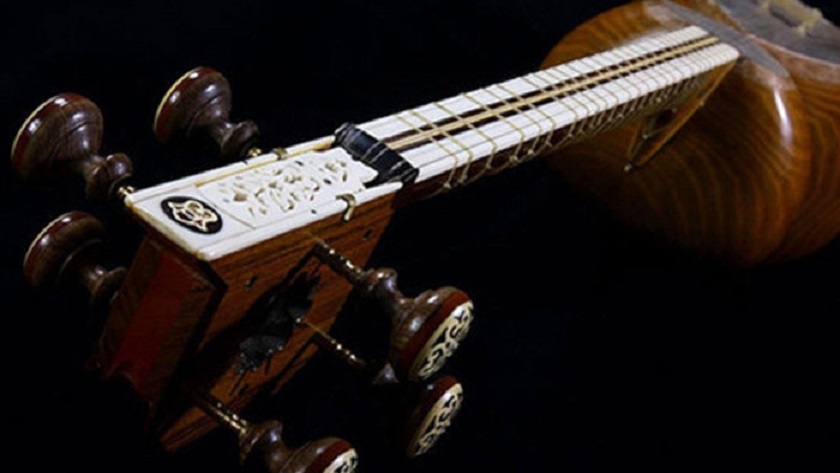 Tar is made by hand in Iran as an artefact in its own way
Tar is made by hand in Iran as an artefact in its own way
Persian music history
Music in Iran dates back to ancient times based on the archaeological records of Elam, the oldest civilization in the southwestern parts of modern Iran. The historical land of Iran, also known as Persia, appears to be the birthplace of the earliest complex musical instruments dating back to the prehistoric times, according to the records.
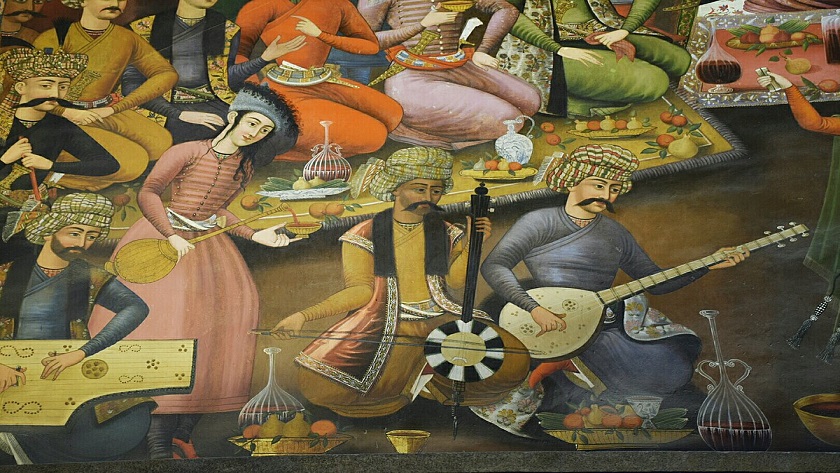 Chel sotoon palace painting depiticing musical instruments
Chel sotoon palace painting depiticing musical instruments
Archaeological evidence shows that the development of music in Iran finds its origin in its first civilizations. Instruments, texts, and paintings testify to the emergence of musicians as far as the Elam civilization. Even if we have a few pieces of information about the tradition of music under the great Persian Empire of the Achaemenids, we know that it was already a central part of the court's life. In Iranian mythology, the glorious king Jamshid is credited for the invention of music.
Related article: Santur; What Iran is known for
It was during the Sassanid era that Persian music finds its authentic roots, and many documents from this period testify to its importance. Musicians are depicted, for instance, in several Sassanian bas-reliefs, such as Taq-e Bostan, in Kermanshah. At that time, music was not simple entertainment for the court but was seen as a way for men to communicate with God.
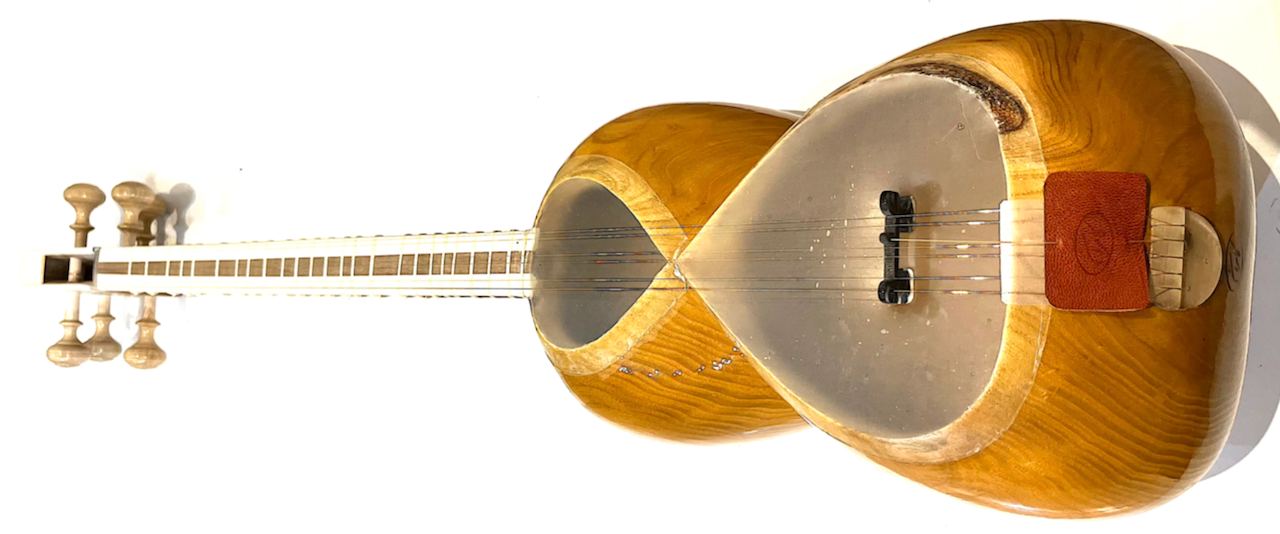 Tar making is an exquisite art
Tar making is an exquisite art
Tar Instrument
Different from other instruments such as Ney, Setar and the Daf, the Persian tar isn’t a very ancient instrument. It is common to estimate its age as we know today to around 250 years. Persian tar first shows in paintings from the Kajar era and Naser El-adi. At these times, musical pieces were adjusted from the persian radif (the biggest collection of music pieces and musical movements) to comply with the Tar structure. This became so popular so people started signing the songs that were made for the tar.
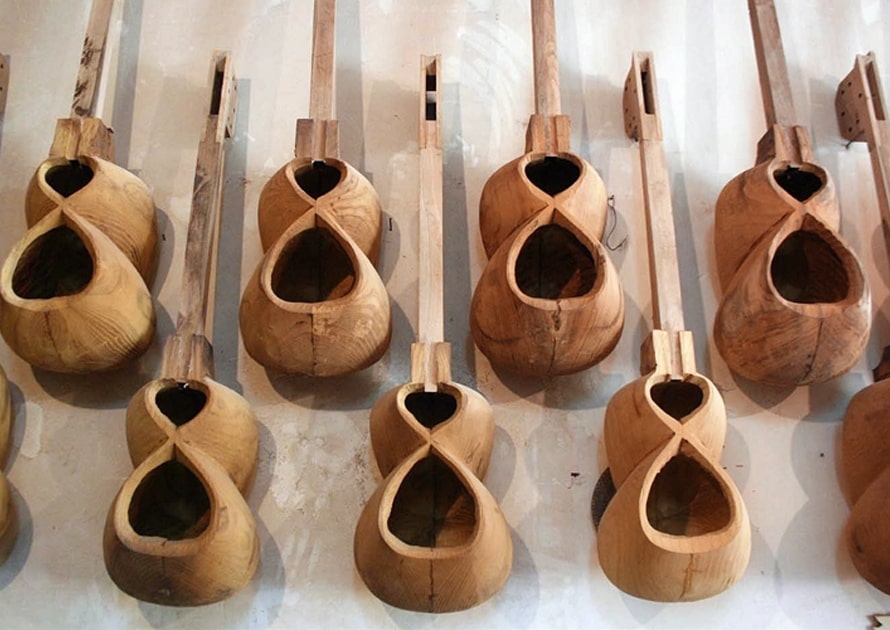 Tar is made of quality wood
Tar is made of quality wood
The special shaped sound box is made from walnut or mulberry wood, and on it lamp fetus skin is stretched. The small ‘bowl’ is called ‘Nakara’ and the large – ‘Shakam’. In the building process the maker will connect the 2 pieces into one piece and will add the neck and the peg box. the typical length of the neck is between 45 cm to 45cm. In a traditional way, the neck is decorated with 2 pieces of white stripes, made out of camel bone.
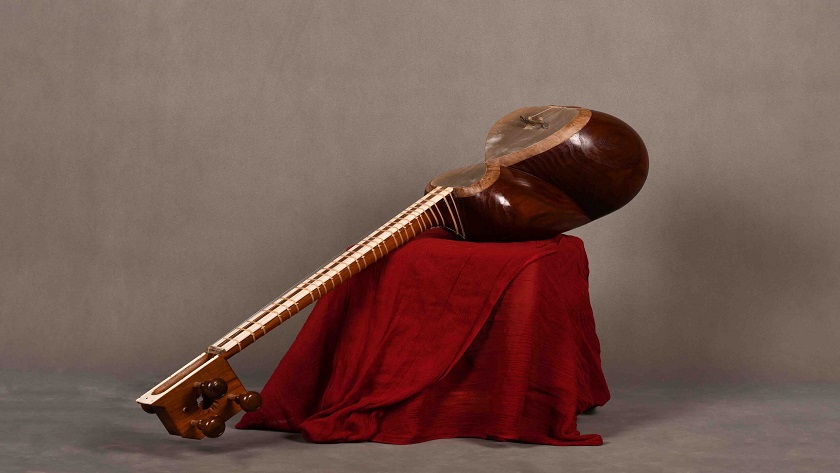
The Quality Of The Sound
The tar is one of the main instruments of the Persian music. It is played both in ensemble and as a solo instrument. The volume of the sound is comparable with other traditional musical instruments like santur, ney, oud and kamanche and can be played without using a microphone. Beside its usage in modern Iran ensembles, the tar has been played in orchestras.
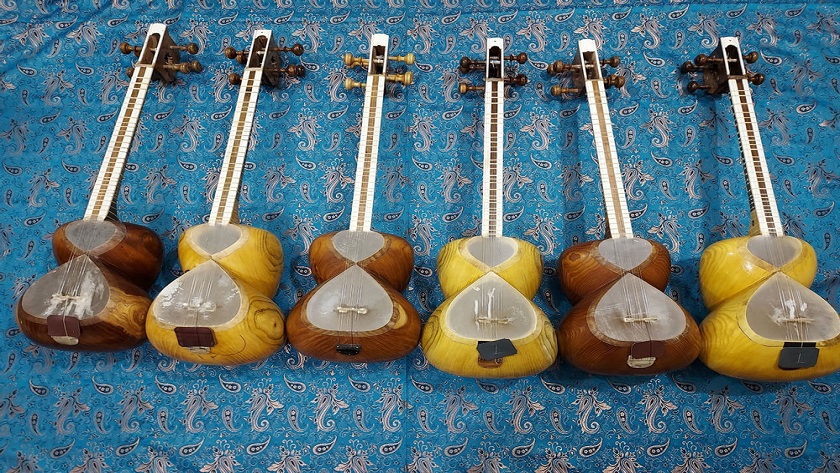
Three legendary Iranian tar virtuosos Jalil Shahnaz, Mohammadreza Lotfi and Gholamhossein Bigjekhani are widely regarded as the best examplar mastering in this instrument in Iranian traditional music culture.
Read More:
Oud Instrument; What Iran is known for
Ney Instrument; What Iran is known for
Ashkan Salehian

